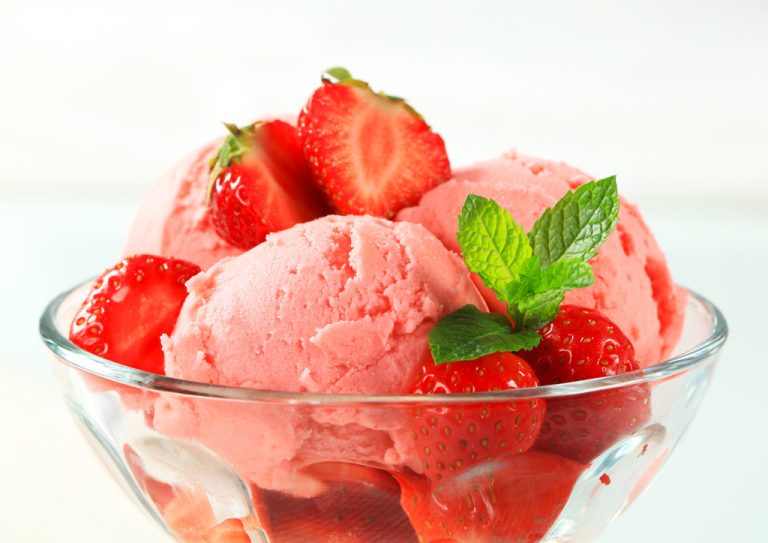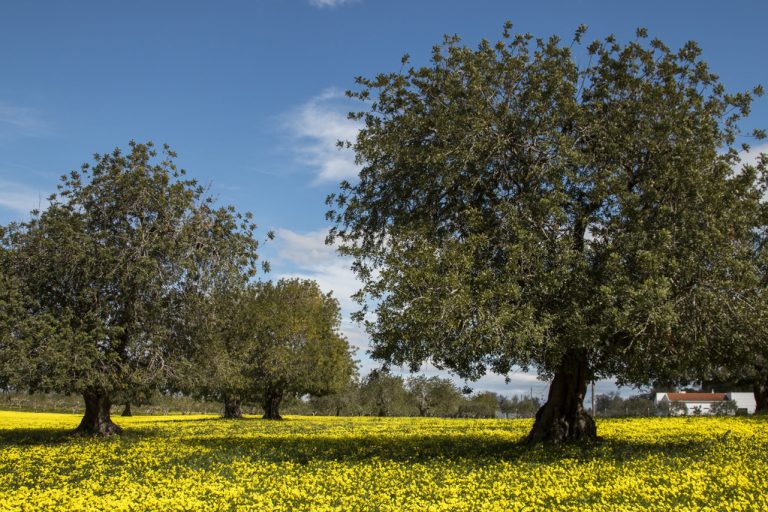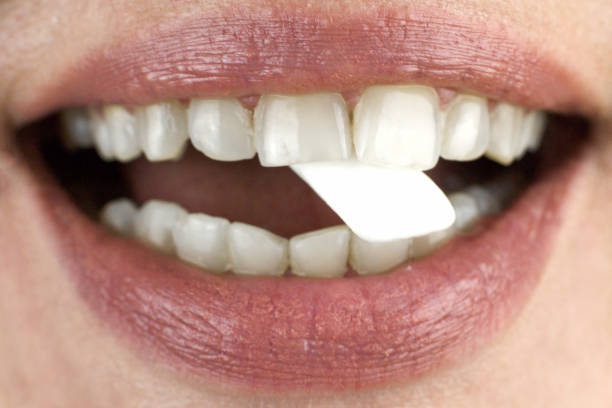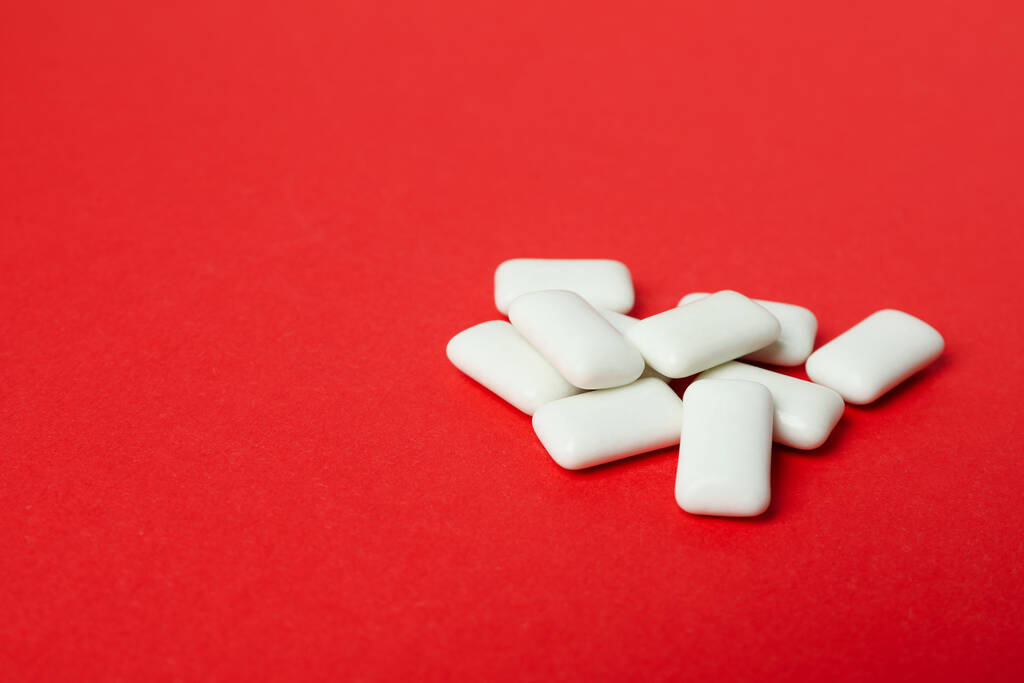Guar gum is found in many foods as a thickening agent and stabilizer. Here you can find out what is behind the name and whether guar gum is healthy.
Guar gum is obtained from the seeds of the Indian guar bean (Cyamopsis tetragonolobus). Strictly speaking, the substance is in the tissue that encloses the germ of the guar bean in the seed. According to Netdoktor.de, guar gum consists of about 70 percent long-chain carbohydrates. The rest is mostly protein and water.

Properties and uses of guar gum
Surely you have already seen guar gum on one or the other list of ingredients in the supermarket, or perhaps also its approval number E 412. Since guar gum has a high water-binding capacity, it is a popular thickening agent in spreads, puddings, sauces and fruit, according to Additives-online.de – and canned vegetables. In addition, guar gum is gluten-free and is therefore often used as a binding agent in gluten-free baking mixes. In ice, it prevents the formation of ice crystals.
Outside of the food industry, guar gum is mainly used for cosmetic and tobacco products.

Is Guar Gum Healthy?
In general, guar gum is considered harmless in the amounts in which we ingest it through our food. Limit values only exist for a few foods. According to netdoktor.de, guar gum may even have a positive effect on cholesterol levels. However, it can also trigger allergies, according to additives-online. Especially people with a soy allergy can have an allergic reaction to guar gum.
Since guar gum swells in the stomach and is mostly excreted undigested, it is a popular stomach filler in diet products or even offered in the form of diet pills. However, this is not entirely uncritical since, according to Additives Online, large quantities of guar gum can lead to abdominal cramps, flatulence and blockages in the digestive tract.
The use of guar gum in cigarettes is also critical. These are unhealthy on their own, but burning the guar gum creates many toxins that make smoking even more harmful. The German Cancer Research Center (DKFZ) warns that many of the combustion products are classified as carcinogenic, such as formaldehyde. Others promote nicotine addiction or make the smell of tobacco more pleasant.
However, foods with guar gum are harmless. If you still want to do without it, you can use products that use other thickeners. Other thickeners are:
xanthan
locust bean gum
cornstarch














